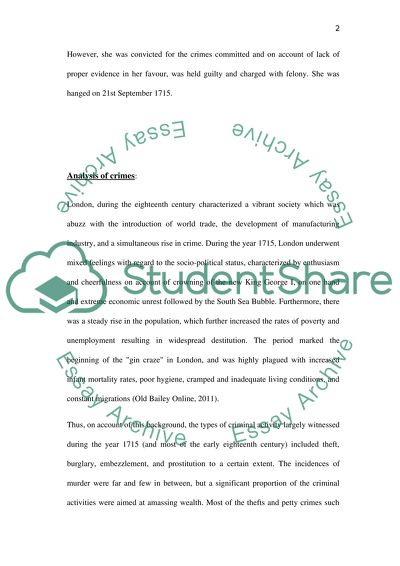Cite this document
(“Urban Crime in Early Modern London Research Paper”, n.d.)
Urban Crime in Early Modern London Research Paper. Retrieved from https://studentshare.org/law/1440369-urban-crime-in-early-modern-london
Urban Crime in Early Modern London Research Paper. Retrieved from https://studentshare.org/law/1440369-urban-crime-in-early-modern-london
(Urban Crime in Early Modern London Research Paper)
Urban Crime in Early Modern London Research Paper. https://studentshare.org/law/1440369-urban-crime-in-early-modern-london.
Urban Crime in Early Modern London Research Paper. https://studentshare.org/law/1440369-urban-crime-in-early-modern-london.
“Urban Crime in Early Modern London Research Paper”, n.d. https://studentshare.org/law/1440369-urban-crime-in-early-modern-london.


